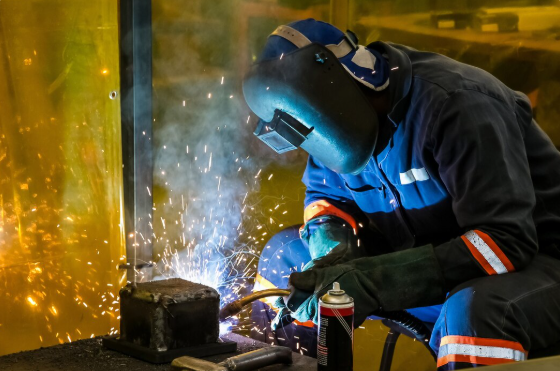In a time where digital threats are growing and data protection regulations are tightening, companies are expected to maintain full control over their data (not just during use), but also at the end of a device’s life. The secure disposal of retired hardware is no longer a minor detail but a core element of an organization’s risk management and compliance strategy. For businesses handling sensitive or regulated information, the safest and most definitive approach is physical destruction.
Why Certified Hard Drive Shredding Is the Most Secure Option
One of the most reliable methods is certified hard drive shredding, which ensures total and irreversible elimination of data. This level of certainty is especially vital when handling personal records, intellectual property, financial information, or government-regulated content. While digital wiping solutions are effective in many contexts, they are not always appropriate when absolute certainty is required. In such cases, physical Data destruction becomes the standard. By completely breaking down storage devices into unrecognizable fragments, organizations eliminate all risk of data retrieval, no matter the sophistication of recovery tools.
Why Data Still Exists After Deletion
One of the most common misconceptions about data removal is the idea that pressing “delete” or formatting a hard drive makes the data disappear. In reality, these actions typically only remove access to the file while the data remains physically on the disk. Until that data is overwritten or destroyed, it can be recovered using widely available tools.
This lingering data poses a serious threat. If an old device is resold, lost, or improperly recycled, that information can fall into the wrong hands. Whether it is personal customer data or sensitive company records, organizations must ensure that nothing remains accessible once a device is retired. Hard drive shredding provides that guarantee, making it the go-to solution for businesses that cannot afford data risks.
How Hard Drive Shredding Works
The shredding process involves feeding hard drives through industrial-grade machinery that cuts them into small, unrecognizable pieces. These machines are capable of handling large volumes of hardware and can process everything from laptops and desktops to servers and external drives. The goal is not just to break the device, but to render every component, particularly the data platters, completely unreadable.
After shredding, the remains are sorted and often sent for responsible recycling. This adds an environmental benefit to the process, ensuring that even while data is being securely destroyed, materials are still being recovered for future use. Certified shredding providers also issue destruction certificates, providing businesses with formal proof that the data has been destroyed by industry standards.
Who Needs Physical Destruction Services
Not all organizations need to destroy their hardware physically, but for many, it is the safest and most compliant route. Industries such as healthcare, legal services, finance, and government often require hard drive shredding due to the sensitive nature of their data. These sectors operate under strict data protection laws that not only penalize breaches, but also hold companies accountable for how they dispose of data.
Additionally, companies involved in mergers or restructuring, those decommissioning old infrastructure, or firms retiring data center equipment often prefer the certainty of physical destruction. It eliminates uncertainty and reduces liability. Even for organizations that rely primarily on digital wiping, shredding can serve as a final failsafe for particularly sensitive or high-risk data sets.
Legal and Regulatory Considerations
Data protection laws around the world have evolved to cover not just how data is collected and stored, but how it is destroyed. Regulations such as GDPR, HIPAA, and industry-specific compliance standards demand that companies protect personal and confidential data from unauthorized access, even after the device is retired.
Hard drive shredding aligns with these regulations by providing a physical and documented assurance that data has been properly disposed of. Failure to securely destroy data can result in heavy fines, legal actions, and reputational damage. As such, having a policy in place for physical destruction of devices is not just best practice; it is increasingly a legal necessity.
Stay in touch to get more updates & alerts on Baddieshub! Thank you




